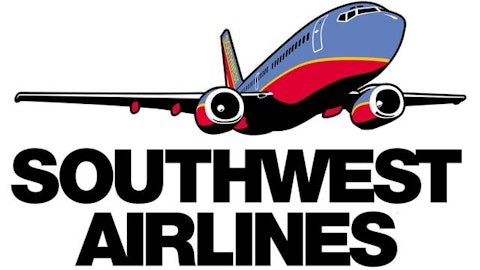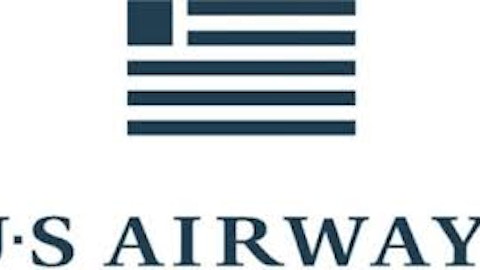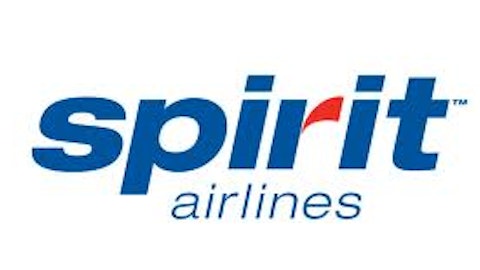Recently Delta also acquired an oil refinery. This strategic vertical integration will help the airline save on refining margins, also known as the “crack spread,” that it currently pays, as jet fuel is one of the most refined forms of fuel. The refinery should produce approximately 40,000 barrels of jet fuel per day by the end of 2013, contributing extensively to Delta’s total jet fuel requirements. This allows Delta to keep its fuel hedging very passive by keeping away from investing in expensive oil derivatives and speculating over oil prices. The strategic vertical integration provides Delta a key competitive advantage going forward.
Strong financials
For the year 2012, net income for airlines grew by 18%, although the airlines did face some challenges in the face of hurricane Sandy and some partial rise in crude oil prices. Nevertheless, these challenges were mitigated by much higher volume of passenger traffic and reducing debt levels.
During 2012, Southwest Airlines Co. (NYSE:LUV)’ shares increased by 8%, contrary to the 35% growth reported by Delta, 27% growth by United Continental Holdings Inc (NYSE:UAL) and a huge 166% gain by US Airways Group, Inc. (NYSE:LCC). This was primarily due to the speculation that US Airways may acquire American Airlines. The current stock price for Delta is trading at its 52 week high. Delta currently holds the second highest market share in the US domestic airline sector and its market size has reported a CAGR of 18.8% in the last four years. Furthermore, it is expected to grow at least by 10% for the next 3 years. On the grounds of a robust outlook, Delta seems to have another 4% to 5% upside and looks poised to break its 52 week high barrier.
Competitor highlights
Southwest holds the highest market share within the American domestic airline industry. The majority of its revenue is generated by passenger flights. It is one of the largest carriers in the US, generating the highest Revenue Passenger Mile, or RPM. United Continental Holdings holds the third highest market share within the domestic sector after the United and Continental merger. Its market share has risen significantly in the last couple of years with an increase in geographical coverage. US Airways has the fifth highest market share as per the RPM. The airline has shown a gradual increase in its market share over the least six years. However the progress has been much less volatile relative to its peers.
Summary
The initiative to reduce its fuel cost by refinery acquisition and resizing of its current fleet suggest that Delta will reduce its operating cost going forward. These investments may reduce the FCF in the short run; however it certainly guarantees a lower operating cost relative to its competition in the future. Several analysts and economists are not expecting any major surprises in oil prices in the next two or three years, this will bring a lot of stability to the overall industry and a much needed impetus to get out of the rut. Delta’s cost restructuring strategy will enable it to gain a massive competitive edge going forward; hence we keep a highly optimistic view on the airlines.
The article Delta – Still Flying High originally appeared on Fool.com and is written by Sujata Dutta.
Copyright © 1995 – 2013 The Motley Fool, LLC. All rights reserved. The Motley Fool has a disclosure policy.




